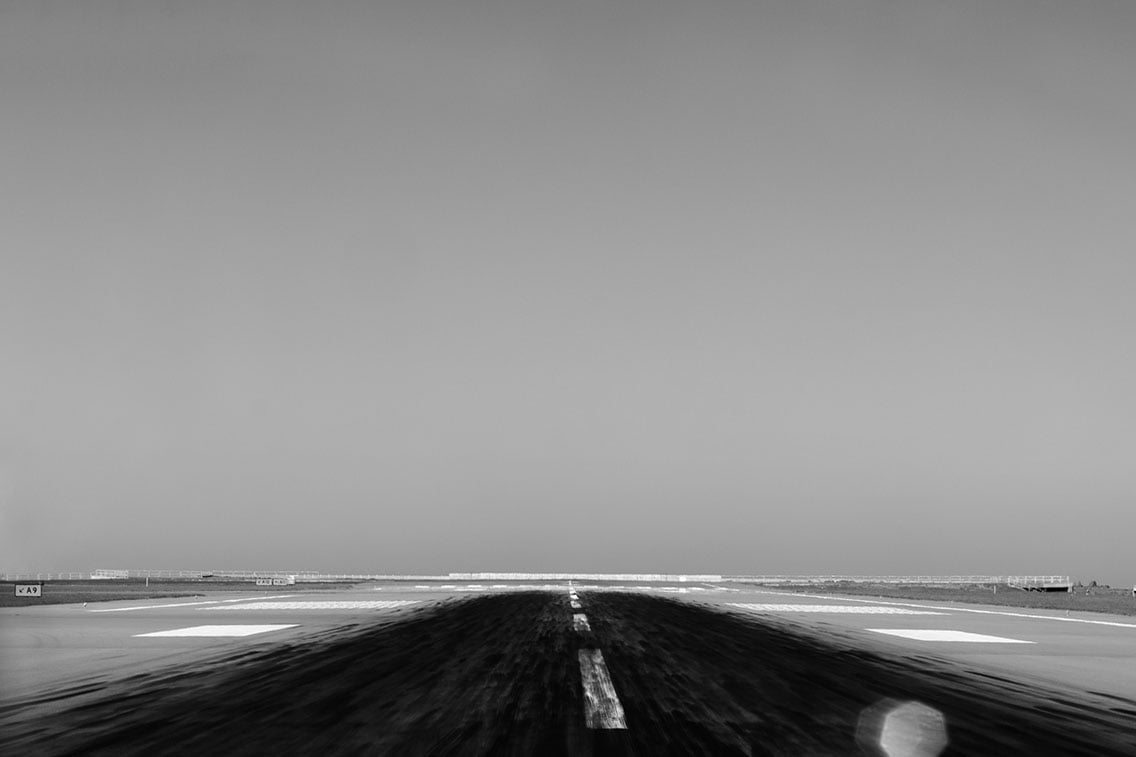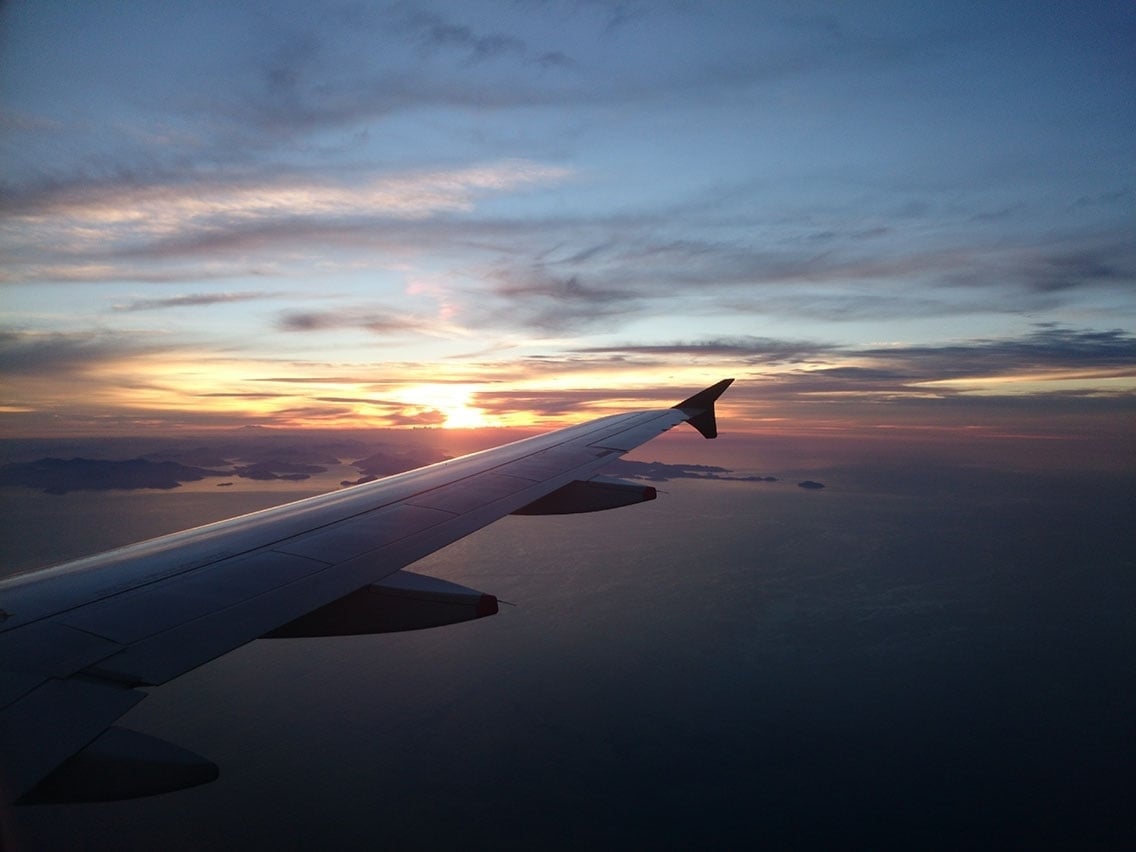Fly
So if you’ve noticed me on Twitter recently, I’ve been talking about the project I’ve slowly been working on in my Infinite Free Time1.
It’s called Fly, and you can download the ebook right here, right now. There’s also a pre-order up on my store, right here, if you’d like to own a physical copy of the work.
The project is nearing completion, and I’d like to start talking about it.
Setting the Stage
In mid-2014, I collapsed, and I couldn’t function anymore. A combination of unrelenting depression and burnout over much of the previous six months left me unable to work on anything, unable to do much more than stare blankly into space, feeling worthless and unable to complete or do anything. I hadn’t completed anything in months, hadn’t been able to bring anything beyond an initial “I think this is an idea I like?”
I knew I needed to fight that feeling, and so I did, and it was hard. Like, really hard, but I pushed, and the result was a month of effort spent on my first ever book of photography, Linear A.
This was groundbreaking, for me. I’d posted photos I’d taken online, kinda-sorta-not-really organised them into sorta-not-really-groups, mostly getting distracted and irritated before I could properly curate a collection.
What making the book taught me was that curation is exceptionally hard! It’s always been easy to go through my expansive collection and find one or two images that are good and post those. It’s quite another find a group of images that work well together from a large corpus, and then order them in a way that is pleasing and meaningful, enhancing the works as a whole.
Most excitingly, people bought Linear A! A grand total of 12 books, which I thought was stellar! 12 copies! Of something I’d made! For actual money! I had taken the components, assembled, and found a point where I was happy to call it “complete”, and people agreed that it was good.
Professional photographer, aw yeah.
Do it Again
Fly is my second attempt at seriously curating my own work, and it really began one day when I went flying. Not flying to anywhere in particular, but because a friend of mine is a pilot, looks for any excuse to go, and invited me along. The weather was gloriously sunny, clear, and the wind was even behaving itself.
It’s remarkable how different the experience is, without the hassle of the commercial air experience. Walking out to the plane and climbing in without security checkpoints or narrow windows of a jet or interminable waiting, the thrill of listening to the pilot interacting with the tower, the sense of being overwhelmingly small as you taxi out onto the endless runway.
 Looking down the runway, Wellington Airport
Looking down the runway, Wellington Airport
That day, we went flying over Marlborough Sound in New Zealand, about an hour south of Wellington. The plane is like sitting in a small car, there’s barely any room to move around, no space to stand, and an incredibly cramped back seat.
We went up because I wanted to take pictures of the sound. I’d flown over it before in commercial flights at sunset, and failed to take any pictures that I was really happy with. Some that were beautiful, but there was always a wing, or the corner of the windowframe, or my cellphone was noisy and ugly in low light.
 A sunset over marlborough sound, new zealand, with a plane's wing in the foreground.
A sunset over marlborough sound, new zealand, with a plane's wing in the foreground.
It’d never been right.
We were up for several hours flying back and forth, from Picton out over Tasman Bay, and it was magical. I’d never flown that low over land before, never seen both the majesty of height while retaining the details of the land. I’d never seen the way farms flow, fences and roads carving variations in colour.
 Aerial shot of farmland in New Zealand. A farmhouse is in the bottom, with zigzagging roads and fences moving up through the frame.
Aerial shot of farmland in New Zealand. A farmhouse is in the bottom, with zigzagging roads and fences moving up through the frame.
I took over a thousand images in those short hours, filling memory cards and figuring out what worked, what didn’t, what lenses were right, where the distortions in the glass were going to distort the most.
Snip
Having over a thousand photos from one outing and hundreds more from all the years of photography is a daunting collection, especially as I’d been lax about organisational strategies previously. The problem was compounded by a second trip to the Kaikoura side of the South Island and hundreds more photos.
The first cut was just to remove photos that were obviously bad. These were photos where the glare was was overwhelming, or reflected cabin detail into the landscape, or where I’d shot through the propeller and it blurred across the image. Photos where the focus was wrong, the motion jitter was too much, or there was an unwanted wing in view, or engine heat distortion. Photos that were very similar are grouped together, or have the extras deleted.
Anything that was clearly wrong got dropped, which gave me about a thousand photos from which to start refining a collection.
The next pass was all photos that I liked. During this phase, I never questioned whether or not there was a grandiose theme that I wanted to capture or explore, and only went with “Do I like this photo in isolation?” If I did, it carried through. This phase of the process left me around 300 photos.
The third stage was the same, asking if I really really liked it, leaving me around 150 photos.
At this point, I started looking at structure, and converting photos to black and white. I started paying closer attention to how a photo would work with others, what shapes it had, where it could fit in the work as a whole. This is the stage where a number of photos that I thought were great fell apart, as the black and white process revealed limited structure, uninteresting dead space and boring work. All in all, I ended up with around 80 pieces.
The final stage is assembling a work. What pieces go together, and where do they fit together? What is the story that comes out of the pieces?
How does this puzzle fit together?
Order
Modern photography is experienced through 500px or instagram or Tumblr, where isolated individual photos exist in a timeline stream beside countless other works of broad and diverse theme. Instead of a piece that fits into a work, we consume a jumble, structureless and discordant. This isn’t bad or wrong, but it does encourage us to think of photographs as single entities. They are rarely paired with broader stories or themes, leaving scattered metadata the only connection to the wider world.
Linear A sort of followed this model. Each image is strong, the collection as a whole is stronger, but there is only a limited sense of connection or flow through the work. The majority of it is just that it is stronger together, not that there is a journey, or a beginning, or an end.
Fly, by contrast, was much more of a struggle. By performing the first passes as though I was operating in the world of single images, I had a lot of good photographs but almost no story. What was my story? What about the book is interesting, what about it matters and is worth paying attention to?
I stared at the photos side by side, in the contact sheet mode of Lightroom, reordered them and tried to find a story in the work, some thread that drew me through.
I don’t advise this strategy.
I did find a theme, the story of a journey and finding my way home. In finding that theme, I found that the images I picked to be Excellent weren’t necessarily the right pictures to represent my journey. Some of the images were correct, others weren’t, and the process of really finding the theme cut the remainder even further.
The project hadn’t started when I found I had a lot of images, the project started when I knew I needed more, and in knowing could seek them.
From over a thousand photos, Fly is a collection of just 29. 29 photos represent the journey I wanted to take, the thread and story that flows through my work.
Always Looking
Linear A came entirely out of reviewing my photos and finding I was shooting a lot of minimalism and hard lines. Fly came out of the occasional annoyingly imperfect aerial photograph trying to capture the beauty of New Zealand, needing to capture those moments that had been, to that point, elusive.
My next work will centre on That’s Wellington and urban ephemera in general. I don’t know where the story ends, or even where it begins. I do know that it’s in there, somewhere.
Finding it, well, that’s the fun bit.
My free time is anything but infinite↩